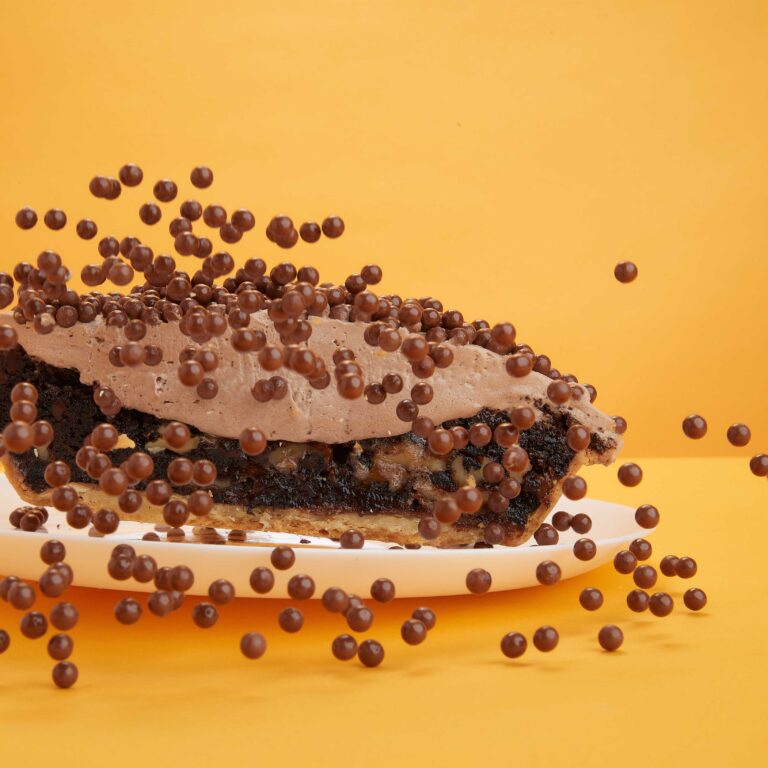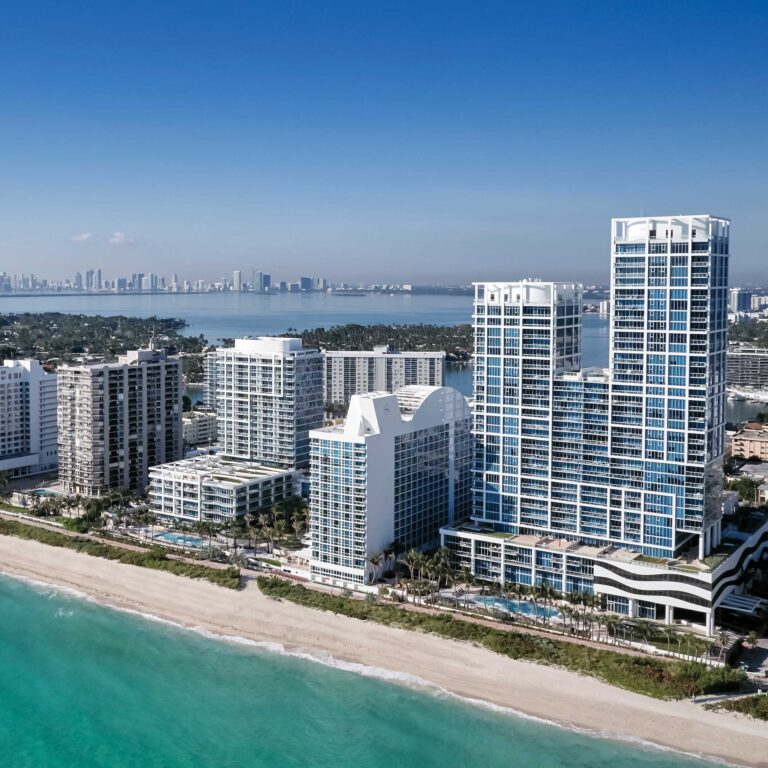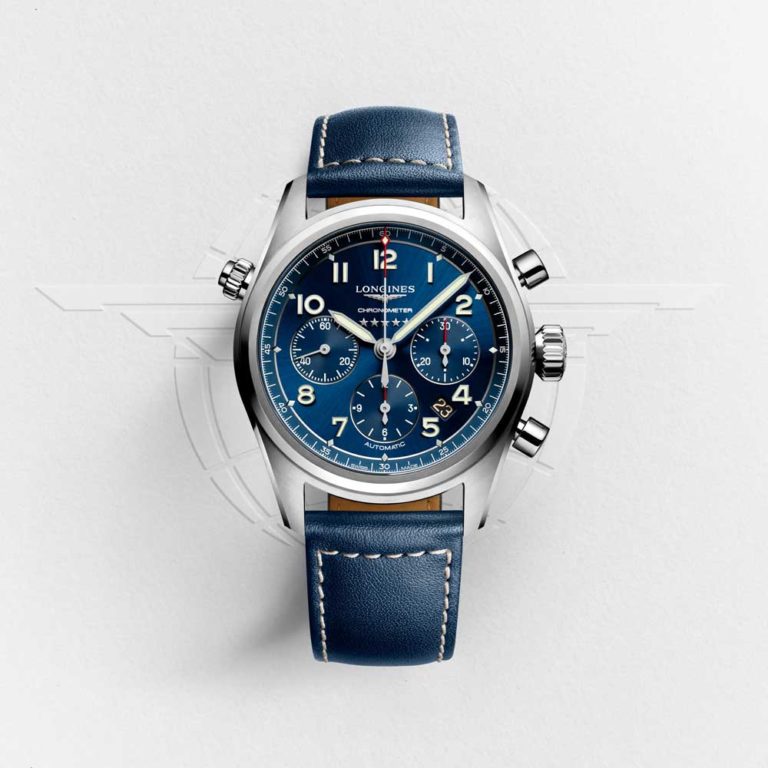July 31, 2018 | hi-gloss | by Roberto Villazón
The outdoor advertising sector is experiencing a renaissance, where technology is a driving force. According to the Outdoor Advertising Association of America, OOH grew 1.2% in 2017 to $7.7 billion compared to the previous year and is projected to grow to $33 billion in the US market by 2121, according to Magna report.
Out-of-home advertising (also known as OOH or outdoor advertising) continues to make a comeback as more non-traditional brands seek new ways to engage audiences and build brand awareness beyond digital channels. Most “digital first” brands often rely on a mix of banner and video ads, Search Engine Marketing (SEM), and other digitally integrated marketing approaches. More brands are starting to explore and reap the benefits of outdoor advertising. Using a mix of creativity, taking advantage of advancements in smart outdoor displays and screen technology, brands can push the boundaries of what is possible in OOH. Analytical data for measuring the effectiveness of audience reach is becoming more readily available as the proliferation of connected and Internet of Things (IOT) devices are integrated into the lives of consumers and for commercial use cases.
Brands can push audience engagement with Out-of-home advertising in ways not possible with online marketing. Triggering calls to action, offering rewards, and more, all based on the location of the consumer, is now possible with outdoor advertising. Distributing and updating creative in almost real-time is also facilitated by smarter digital billboards, whereas traditionally pushing new brand messaging creatively and in a timely manner would be a much longer process, static, and costlier method of distribution. IOT devices and connected smart phone data can be helpful for tailoring personalized recommendations and interactivity as consumers move about cities. Using datasets from daily weather forecasts, location of your target audience, and other data points, a brand could suggest to a viewer to stop in for a free treat at their coffee shop to wait out the rain or escape the hot sun with a refreshing drink. How creative a brand wants to be is determined by how well they understand the available Out-of-home advertising technological capabilities and knowing how to target the right audience at any given geo-location.
IOT will continue to change the landscape of OOH. Brands like Plum Wine (smart wine dispensing device) and Amazon’s Alexa both reach consumers in the context of a true captive out-of-home audience, in hotel rooms. The IOT enabled aspect to these type of devices give brands accurate insights for research on how their products or services are being used outside of the home, with the intention of also garnering more in-home adoption of the use of these devices. This type of outdoor advertising marketing strategy could boost a brands’ awareness and sales through deep customer interaction without a hard sell. One can imagine of the possibilities with the future of self-driving vehicles and automation, where drive time opens up the opportunity to read, listen, watch, and interact with everything but a steering wheel. Bus stops, transit terminals, and others, are all being enabled with at minimum some basic IOT capability. This will help take the mystery out of outdoor advertising as it relates to measurability, reach effectiveness, and the speed at which creative is deployed.
Increasingly brands are taking advantage of the unique benefits facilitated by the outdoor advertising media space. hi-gloss remains committed to creating innovative strategies for boosting brand engagement through multiple media channels, including digital and Out-of-home advertising. Working with luxury brands such as Longines Swiss Timepiece maker, hi-gloss activated a focused key market outdoor campaign, which coincided with a targeted digital campaign to reinforce the Out-of-home placements. An integrated digital and outdoor approach has been a successful offering with creative implementation by hi-gloss.
Consumer attention span and advertising fatigue (think ad-blocking, opting-out, etc.) in the digital space, continues to be a challenge for fostering brand engagement. A mix of digital screens (smart phones and PC browsers) and Out-of-home advertising could prove a better strategy to buying top of mind real estate among your target audience, while staying ahead of your competitors. Just like with all valuable real estate, it is all about location; geo-location based advertising through OOH, modernized with IOT and almost endless creative possibilities.



